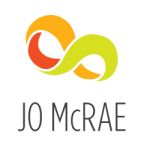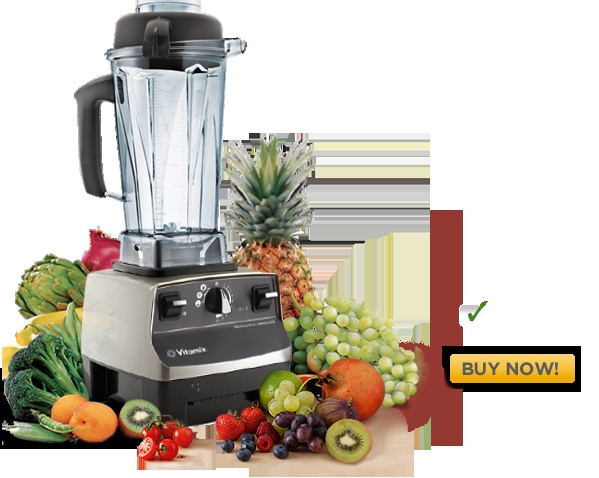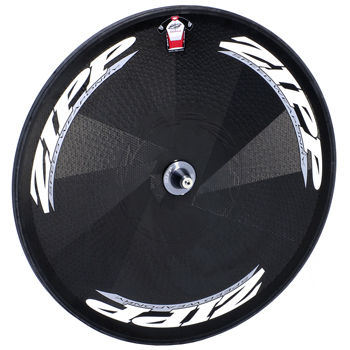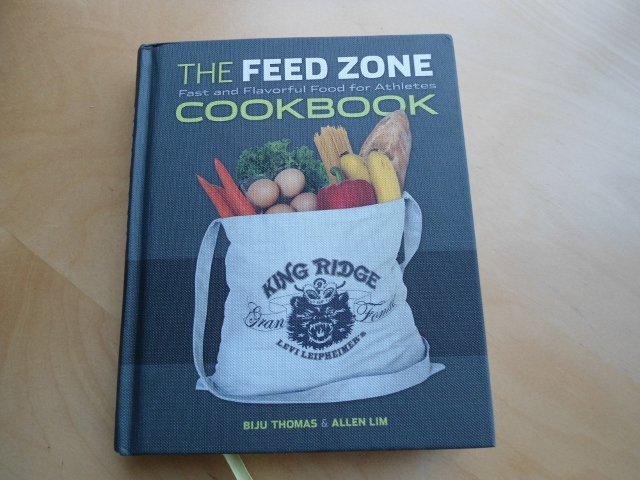FOOD CONSCIOUSNESS
The first task if you want to change your diet is to raise your level of consciousness. Food is habitual and ‘diet’ literally means ‘the food you eat’, so if you want to change what you eat you need to engage the brain a little as well as your will power.
So for the first week of my dairy free plan my main task was remembering NOT to eat dairy, and having got over this hurdle I have to say that I genuinely felt instantly better in myself. My energy was a little better and my digestion seemed improved. I was feeling smug and to be honest didn’t even find it that hard (except for the remembering part).
WHAT’S MISSING?
In preparing for this experiment I knew that this challenge would mean me getting plenty of alternative sources of fat in my diet. I love fat. I need fat. Don’t ever ask me to go on a low-fat diet. I would have to kill you, and eat you – for your fat.
So, in the knowledge that cutting diary would mean cutting a lot of fat, I prepared myself by getting other sorts of fat in the kitchen, such as a wide variety of nut butters, coconut oil, and Udo’s essential oil. Coconut oil in particular is a fat I have wanted to include more often for a long time, but don’t seem to have managed it. It is made up of Medium Chain Fatty Acids and is easy to digest – not requiring any bile, and also has anti-fungal and anti-bacterial properties, helping to keep the bad guys in the gut at bay. One reason I haven’t managed to get a lot of this lovely fat in my diet up until now is that I don’t really like the taste and smell of the oil for cooking, but I found that spreading coconut oil on gluten free toast turned out to be rather tasty, so this was at least a short-term and instant solution.
Another handy replacement for milk was coconut milk, which I gradually managed to manipulate into a new and improved pancake recipe. My desire for a pancake breakfast was so persistent that I developed a coconut version using rice flour instead of buckwheat flour with eggs. This lighter pancake was just as tasty, and of course – dairy free.
THE BLENDER VS DISC WHEEL DEBATE
In looking at other milk alternatives I entered into a debate in my household over a blender. I had been speaking to a Nutritionalist colleague of mine about non-meat sources of protein and she suggested that a high quality blender is a great kitchen tool because you can make your own nut ‘milks’ fresh, as well as nut flours and all sorts of lovely soups etc.
This seemed like a cracking idea to me and already with a juicer now in the kitchen and with my hand blender having just died a death, I was keen to purchase said food saviour in spite of its heady price around the £500 mark.
My partner Kevin on the other hand put the argument that with this money, he could buy a disc wheel (which is not actually true when you check the price tags), an argument I naturally opposed due to my favouritism for the body over bike approach. Short term the disc might make you faster, but think of all the extra training you could do and muscle you could build with all those lovely nutrients. The debate goes on, but I did not get the blender.
CAUTION SUBSTITUTES
This brings me on to a warning about some ‘substitute’ foods that can be as bad as or worse than the food you are looking to eliminate or reduce. Almond, soy and rice milk are some of these alternatives that are fairly widely available on supermarket shelves these days, but soy in particular is something I do not want to include in my diet. Even the almond and rice milks on offer often contain a load of sugars and preservatives that I do not want, so I was mindful not to fall into this trap.
UNEXPECTED BENEFITS
And speaking of soy, one of the surprising benefits of eliminating dairy was that I instantly eliminated all traces of soy from my diet. Probably the only soy that I would have in my diet ‘normally’ is that which is in most chocolate or ‘gluten free foods’ in the form of the emulsifier ‘soy lecithin’. Since I am gluten intolerant and therefore likely soy intolerant I had removed these traces in one foul swoop, something that perhaps was a factor in my tummy feeling better.
I also instantly eliminated a lot of sugar, by removing deserts and chocolate from the menu, and I definitely felt the benefits without too many cravings or problems. I made sure I had some dark chocolate in the fridge for a couple of squares after dinner, or tried to use fruit to satisfy any sweet cravings.
SO WHAT DID I MISS THE MOST?
To my surprise the thing that I missed the most through the whole process was a nice cuppa. I tried to like tea black, I tried different sorts of tea, but nothing came close to your straight forward English builders tea with milk. Although I don’t drink a lot of tea, this will be one to watch and work on for me.
So overall I have learnt a lot and won’t be rushing to re-introduce all those old habits which I have so successfully knocked on the head over the last month and a half. I won’t completely eliminate dairy from my diet, but I am much more mindful of its effects and am still experimenting with alternatives that work better for me.
THE FEEDZONE COOKBOOK
So one final plug (before I stop my ramblings about diet for a while) is for a new book on the market called ‘The Feed Zone Cookbook’, the first food/cook book FOR CYCLISTS I have found prioritising ‘real food’ ideas and practical suggestions over ‘sports nutrition’ products. Several of my clients (and their wives!) have been experimenting with in the pocket ‘real food’ for on the bike. As well as a great common sense introduction to this book the recipes on ‘hand helds’ for your back pocket are particularly interesting. Thanks to Christoph for sniffing out this excellent book.





